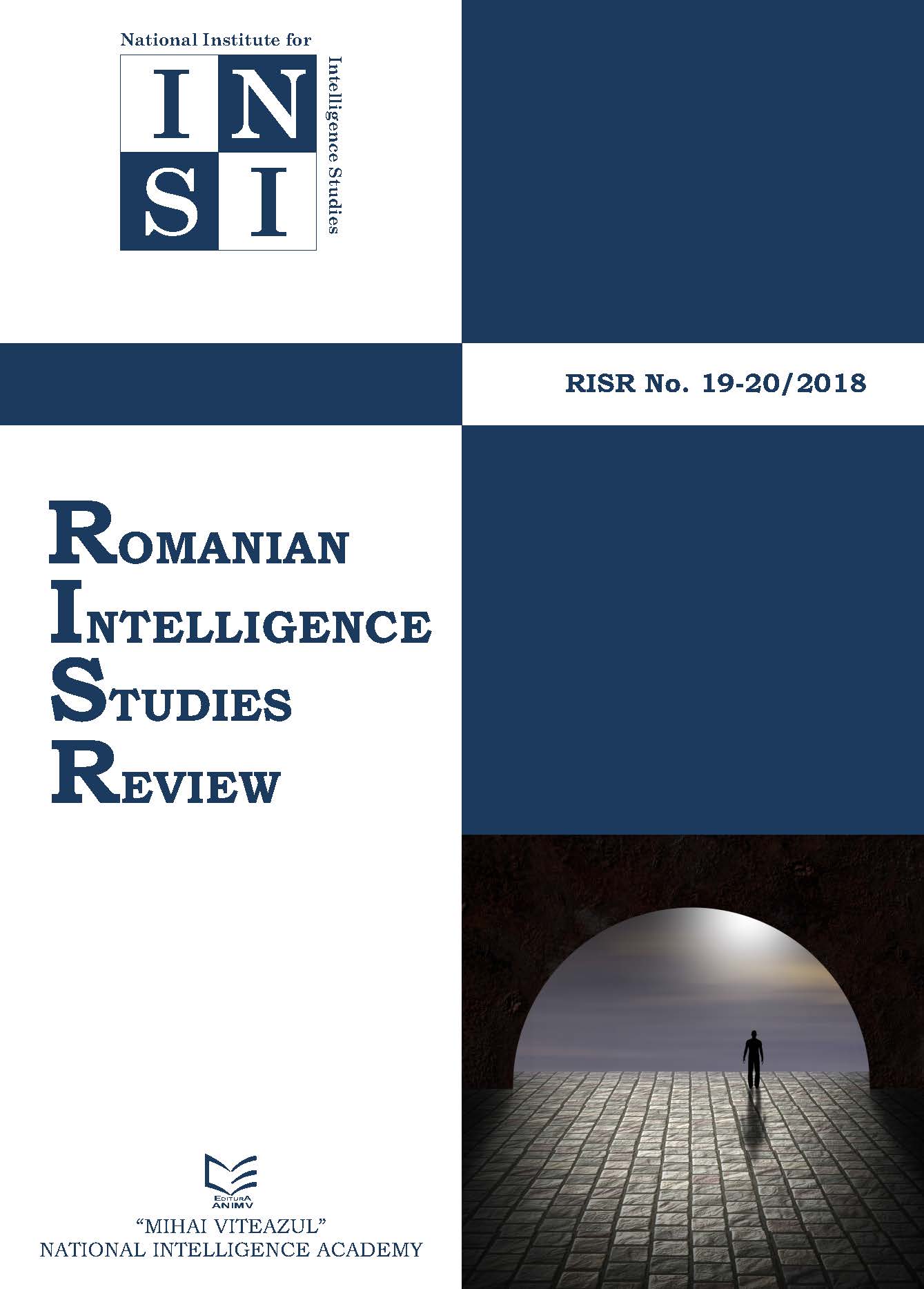EASTERN AND CENTRAL EUROPE IN THE COLD WAR PERIOD: THE SOVIET MODEL OF INTELLIGENCE STRUCTURES
EASTERN AND CENTRAL EUROPE IN THE COLD WAR PERIOD: THE SOVIET MODEL OF INTELLIGENCE STRUCTURES
Author(s): Bogdan-Alexandru TEODOR, Mihaela TEODORSubject(s): History, Recent History (1900 till today), Post-War period (1950 - 1989)
Published by: National Institute for Intelligence Studies
Keywords: Cold War; Intelligence; Soviet model; Eastern and Central Europe;
Summary/Abstract: An ideological clash between Soviet communism and American anticommunismwas central to the Cold War conflict. American policymakers, such asGeorge Kennan and John Forest Dulles, acknowledged that the Cold War was essentiallya war of ideas; a war largely fought out on two fronts: intelligence and propaganda.Since the late 1940s, in Eastern and Central Europe, institutionalizedintelligence organizations resulted from direct subordination to a foreign state secretservice, the Soviet one. After the World War II the Red Army and NKVD units werepresent at the organizing session of all intelligence services in Eastern and CentralEurope (Bulgarian, Czechoslovak, East German, Hungarian, Polish, and Romanian). Itwas copied the Soviet security apparatus model, their structure and operationalguidelines were based on verbatim translations from Russian documents. This paperaims to provide a short overview of intelligence structures evolutions in Eastern Europeduring the Cold War, in order to highlight some important moments in the history of“institutional (in) dependence” on the Soviet Union for most of these structures.
Journal: Romanian Intelligence Studies Review
- Issue Year: 2018
- Issue No: 19-20
- Page Range: 191-202
- Page Count: 11
- Language: English

